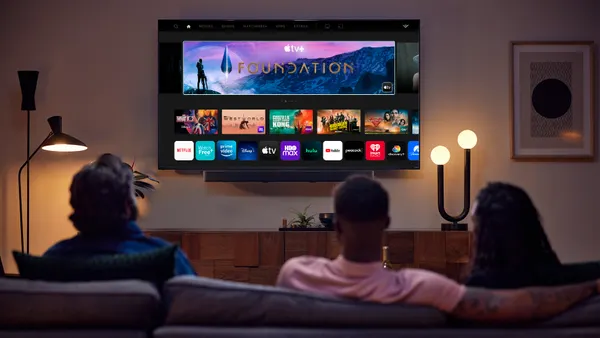Dive Brief:
- Publishers and advertisers wondering when Google's native ad blocker for Chrome would go live next year are no longer in the dark: the search giant this week said it's launching on Feb. 15, according to VentureBeat. Google first announced the feature, targeting non-compliant ad formats as defined by the Coalition for Better Ads, back in June.
- The Coalition for Better Ads, which Google is a member of, in March released a list of the six desktop and 12 mobile web ad formats it views as damaging to the user experience, which includes pop-up ads, autoplay video ads with sound, prestitial ads with a countdown and large sticky ads. Part of the reason for the long period between the Chrome ad blocker's announcement and introduction was to give publishers time to understand if they were serving non-compliant ads and make changes to address them.
- Publishers that do violate the guidelines will be reported on by an Ad Experience Report but can submit their sites for re-review after problematic ads are removed. A Google spokesperson told VentureBeat that a single ad violation is not enough to qualify a site as failing. Google said that sites that are 7.5% non-compliant in the first two months following the launch will be subject to scrutiny; that figure drops to 5% in the following four months and to 2.5% thereafter.
Dive Insight:
Google's ad blocker for Chrome has been a subject of scrutiny since it was first announced earlier this summer. Marketers and publishers have long held a begrudging relationship with the Alphabet-owned tech giant, which controls what many view as an unduly massive share of the digital advertising market. Google not only wielding that influence but also acting as jury and judge as to what ad formats are acceptable to run online might be overstepping the bounds of power for some, though the company has provided a relatively wide window of time before the official introduction of the tool.
The growing adoption of ad blocking software continues to have a considerable impact on all digital media players, but especially publishers, which receive no revenue for ads that are never seen. These companies might fear that the Chrome ad blocker will unfairly target their websites and do further damage to their business. U.S. publishers are already forecast to lose more than $15.8 billion in revenue this year due to ad blocking, according to an October study by OnAudience.com.
The idea of a native ad blocker is interesting, and one that could be read as counterproductive since Google still derives the vast majority of its revenue from advertising. The news signals that it and other digital platforms are putting a higher premium on improving the user experience above all else in order to combat the factors that led to the rise in popularity of ad blockers in the first place.
Google is here essentially forcing publishers across the internet to stop running ad formats that are ubiquitous but have been widely deemed annoying and intrusive by consumers — a play that might have net benefits in the long run. In August, Google also announced it would be rolling out a Chrome feature that allows users to easily mute autoplay videos on websites.











